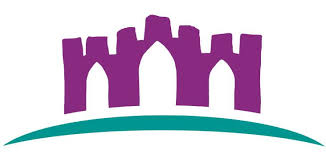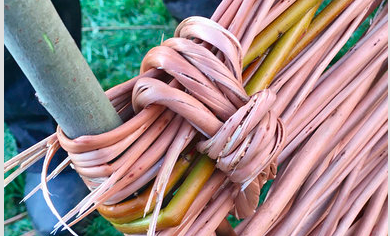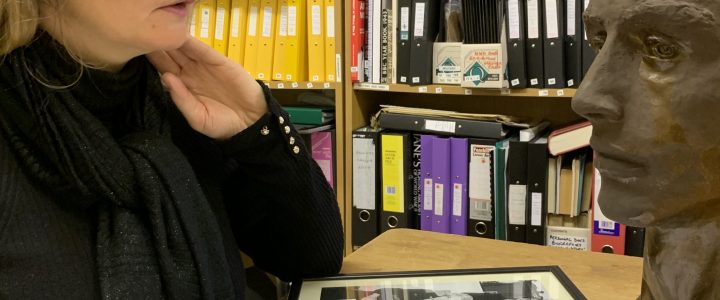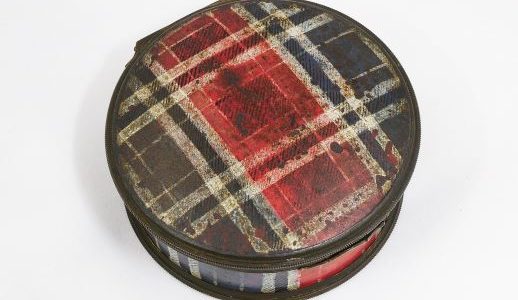Armadale Castle, Gardens & Museum opens its doors for the new visitor season on Monday 2 March. The Visit Scotland 5 star visitor attraction has extended its opening in response to Skye’s growing popularity as a year-round destination. The castle gardens and museum will be open Monday-Friday during March and November, and daily from April to end October.
Also opening on 2 March is a new bar-bistro. Armadale Castle has teamed up with Z’s Amazing Kitchens to bring a new dining experience to the historic stables building. Open daily from morning until late, the Armadale Bar and Bistro will serve classic dishes with a modern twist with an emphasis on locally sourced produce.
The south Skye attraction has also announced a busy programme for all ages and interests. Highlights include a monthly marketplace selling plants, produce and crafts and a Jacobite Day in August with costumed re-enactors. In the museum, a new exhibition on Clan Donald castles by the sea has been specially produced to celebrate Scotland’s Year of Coasts and Waters.
Armadale Castle particularly welcomes families and this year has reduced the price of under 16s entrance ticket to signal this commitment. Local residents continue to enjoy special reductions, and annual membership is also available. Family activities on offer this year include a weekly baby and toddler group, Easter treasure hunt and family fun sessions in half term and holidays.
On Tuesday 24 March, local businesses are invited for a unique afternoon experience of what Armadale Castle and Z’s Amazing kitchen will offer in 2020. There will be the opportunity to meet the teams, swap leaflets, network with other tourism businesses and take a garden or museum tour. See the Armadale Castle website or social media for more information.
Zsolt Balogh of Z’s Amazing Kitchens commented: ‘We are very excited about the new additions to our portfolio and we are looking forward to opening on Isle of Skye, where both locals and visitors can be assured of a great atmosphere and outstanding service. Z’s Amazing Kitchens is an award-winning, independent, family-owned business with a clear vision: to bring something unique and engaging to the restaurant industry and make a permanent mark on Scotland’s culinary scene. At Armadale Bar and Bistro we will be offering contemporary bistro cuisine, blending traditional flavours with modern cooking methods and exquisite presentation.’
Sue Geale, Museum Manager and member of the Management Committee, commented: ‘We had another great season last year with increased numbers of visitors and much positive feedback. We’re greatly looking forward to opening on 2 March and welcoming both local friends and visitors from around the globe.’
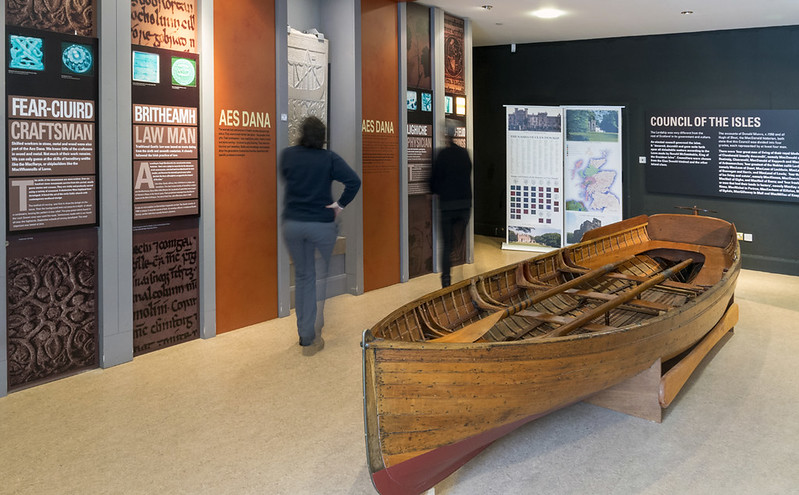
2020 programme at a glance
For more information see www.armadalecastle.com/events. Further events to be announced.
Monday 2 March: Armadale Castle, Gardens & Museum open Mon – Fri, 10am – 3pm; Armadale Bar and Bistro open 10am – late.
Thursdays from 5 March, 10.30am – 12.00: Family activities in the museum. During term time:‘Museum Monkeys’ baby & toddler group with games, stories and songs. During half term and school holidays: Family fun for all ages, with art & craft activities.
Tuesday 24 March, 2 – 5pm: Open afternoon. All tourism businesses welcome.
Monday 30 March – end October: Armadale Castle, Gardens & Museum daily 9.30 – 5.30 pm
Saturday 21 March: Junior Clarsach Competition.All welcome to hear young musicians.
April – May: Rhododendron and Bluebell Festival. Garden tours and trails.
Saturday 11 April: Coastal Castles of Clan Donald exhibition opens. Temporary museum exhibition linked to Scotland’s Year of Coasts and Waters, runs until end November.
Thursday 2 – Monday 13 April, 10am – 5pm: Easter Treasure Hunt. Family fun in the gardens and museum.
Saturday 9 May, then 2nd Saturday in the month up to September: Monthly marketplace. Crafts, produce and plants on the lawn outside the Stables.
Friday 12 June, 7pm: Piping competition. Five pipers compete in theannualDonald MacDonald Cuach Piobaireachd Competition.
Saturday 13 June, 2.30pm: Clarsach competition. Three harp players compete in the annual Princess Margaret of the Isles Senior Clarsach Competition.
Saturday 15 August Jacobite Day, 11.30 am – 4pm. Watch costumed re-enactors and join in Jacobite themed activities.
September – November. Scottish Tree Festival. Garden tours and trails.
2 – 27 November Armadale Castle, Gardens & Museum open Mon – Fri, 10am – 3pm


